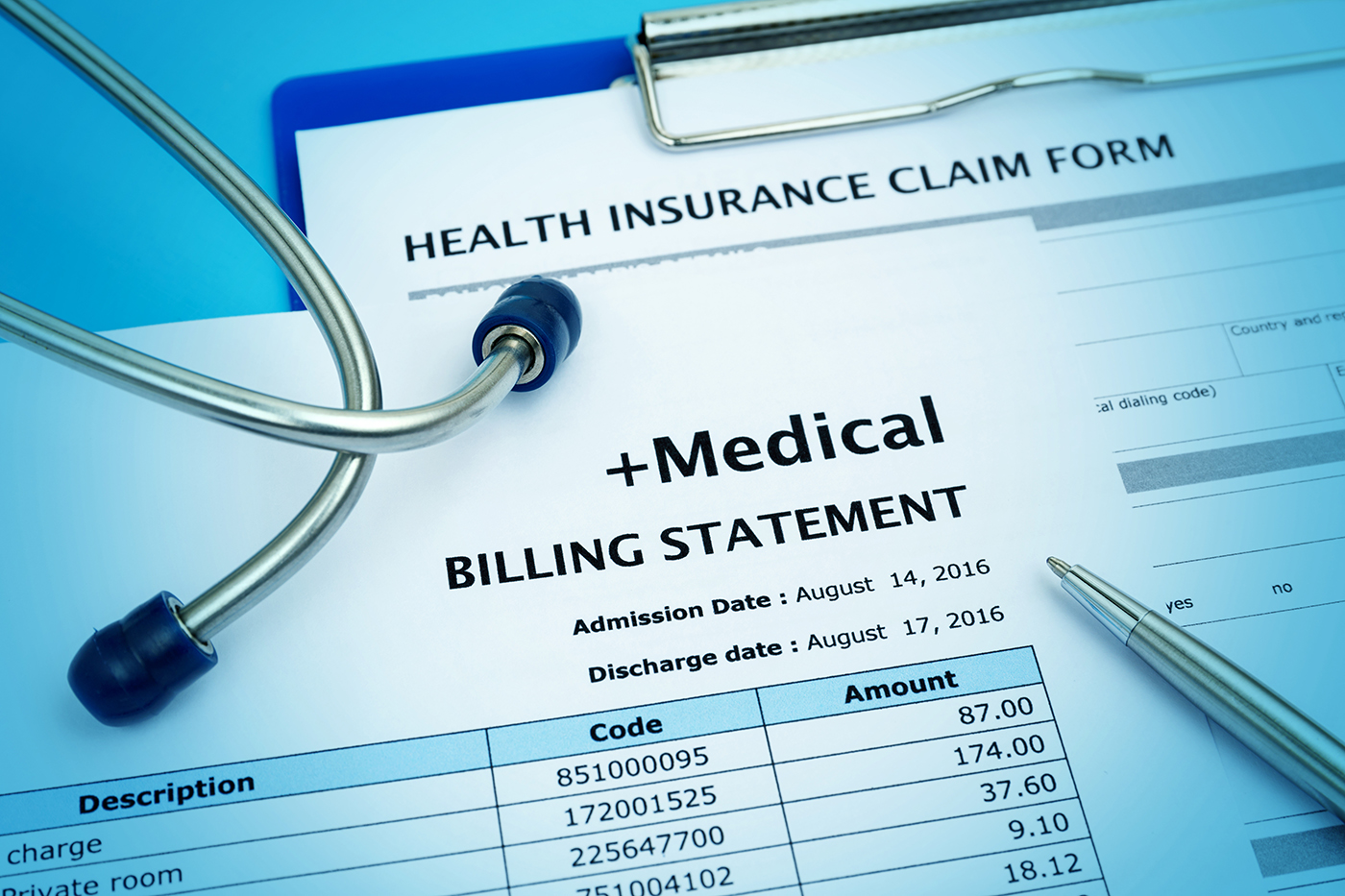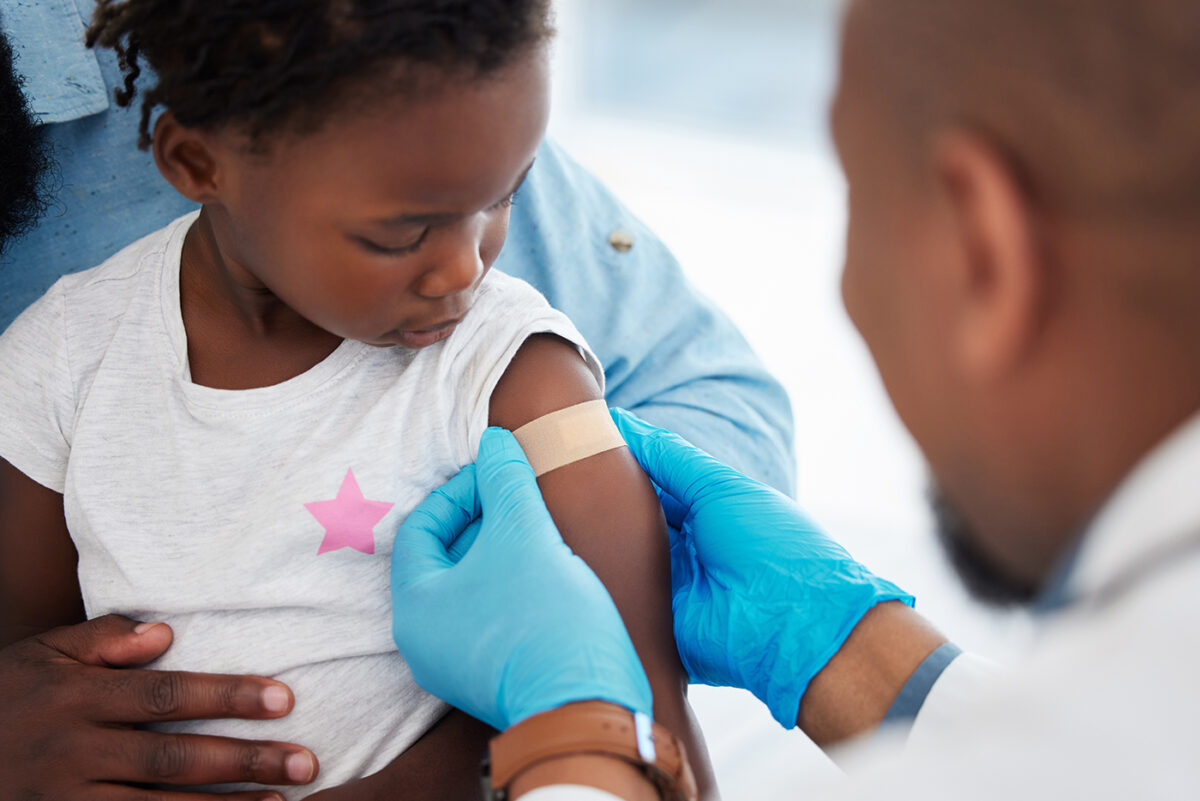
Author
Jennifer Wessel, JD, MPH
Interim Director of Health Policy
Data Privacy Officer
Contact
ACHI Communications
501-526-2244
jlyon@achi.net
The multi-phased implementation of the No Surprises Act (NSA), a federal law intended to protect patients from surprise billing and excessive cost sharing, continued with the issuance Sept. 30 of an interim final rule detailing the process of resolving billing disputes.
In a previous blog post, we discussed a July 13 interim final rule banning surprise billing for emergency services, high out-of-network cost-sharing for emergency and non-emergency services, and out-of-network charges without advance notice, among other provisions. We also discussed a Sept. 16 proposed rule that would require plans, issuers, and providers of air ambulance services to submit to the Department of Health and Human Services (HHS) certain data regarding air ambulance services.
The July 13 rule establishes that, for services covered by the rules, patients pay out-of-network cost-sharing similar to that imposed in-network. Rates are calculated based on one of the following: a state all-payer model agreement; an amount determined by specified state law; or the qualifying payment amount (QPA), which is the median of the contracted rates, as opposed to rates charged by out-of-network providers, for the same or a similar service in a specific geographic area. Because the first two methods do not currently apply in Arkansas, the state will initially rely on the QPA.
Balance billing — billing patients the difference between what payers pay and what providers charge — for services covered by the rules is generally prohibited under the rule. The amount paid to providers, including cost-sharing, is determine by either of the first two methods listed above, an amount agreed upon between the plan and provider, or an amount determined by an independent dispute resolution (IDR) entity.
The Sept. 30 interim final rule, “Requirements Related to Surprise Billing; Part II,” issued by HHS, the departments of Labor and the Treasury, and the Office of Personnel Management, establishes guidelines for the IDR process, including the use of certified IDR entities. When making a payment determination, certified IDR entities must begin with the presumption that the QPA is the appropriate out-of-network amount.
The NSA specifies an alternative methodology, such as use of a third-party database, for determining the QPA in cases where a plan or issuer has insufficient information to calculate a median contracted rate. State all-payer claims databases (APCDs) are categorically eligible to support QPA determination under these rules. In addition, the NSA provides grants to states to establish or improve existing APCDs. Arkansas established an APCD pursuant to the Arkansas Healthcare Transparency Initiative Act in 2015 and now has more than eight years of claims history.
The Centers for Medicare and Medicaid Services published a press release and fact sheets to accompany the announcement of the new rule. Later this year, the departments intend to undertake rulemaking to implement reporting requirements related to pharmacy benefits and prescription drug costs.






